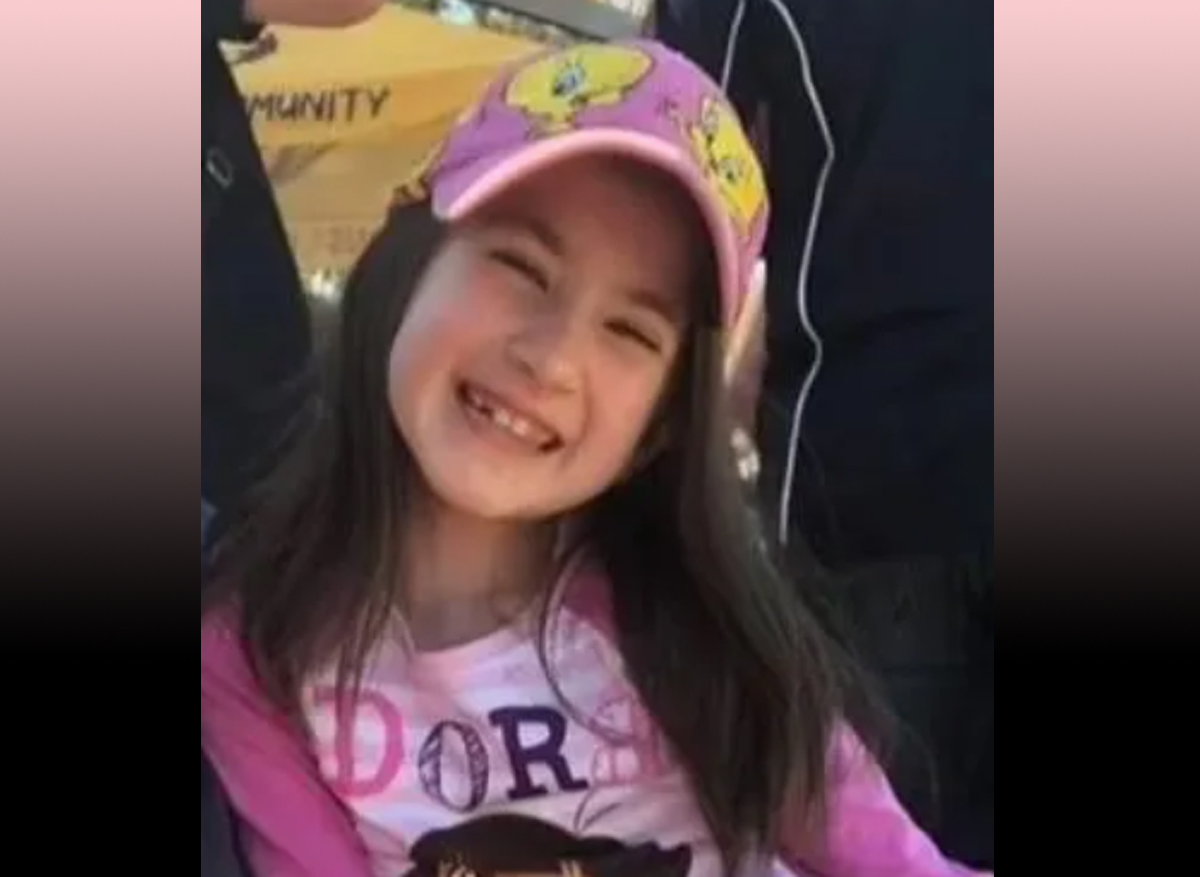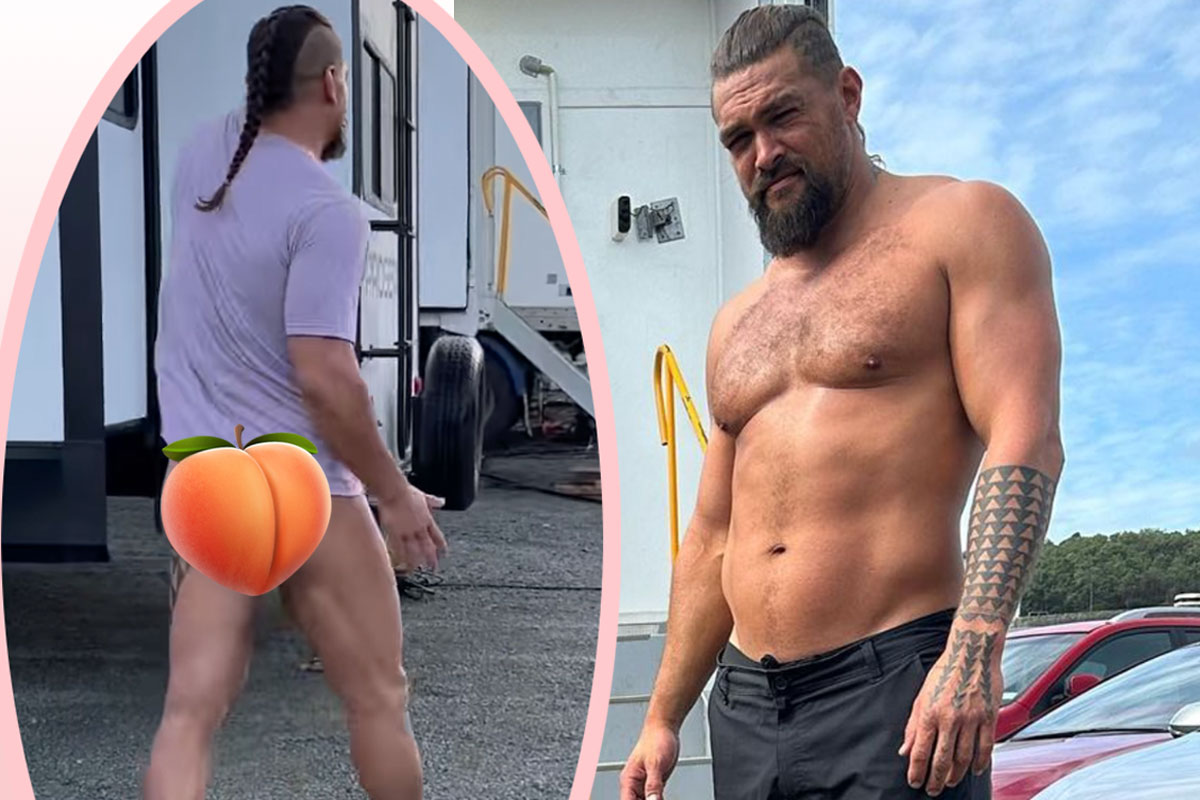#‘Renaissance: A Film by Beyoncé’ Review: A Privileged Peek Inside a Star’s Artistry and a Crowd’s Ecstasy

Table of Contents
Beyoncé‘s Renaissance World Tour may not technically be magic, but you might be forgiven for wondering if it could be.
As captured in Renaissance: A Film by Beyoncé — which the star also wrote, directed and produced — the stage concert is never short on jaw-dropping delights: acrobatic choreography and soaring vocals, designer outfits upon designer outfits, sets that seem to dwarf the very arenas they’re in. Above all, there’s the sheer pulsing ecstasy of a crowd who feed off their queen’s energy and reflect it back to her a thousandfold.
Renaissance: A Film by Beyoncé
The Bottom Line
A thrilling spectacle.
Release date: Friday, Dec. 1
Cast: Beyoncé
Director: Beyoncé Knowles-Carter
2 hours 48 minutes
But if magic can be exhilarating, getting to see how the trick is done can be an even deeper pleasure. Were Renaissance the movie simply a recording of the show, it’d be a treat in itself. By weaving in behind-the-scenes footage and interviews that reveal where Renaissance came from and how it got to be here, Beyoncé serves up a fully satisfying meal.
At almost three hours, Renaissance covers nearly every number from the live Renaissance show; as with Taylor Swift: The Eras Tour, this makes Renaissance a pretty sweet consolation prize for those who couldn’t score tickets to the real thing. The concert clips — occasionally broken up with bits of Super 8 or camcorder-style recordings — are sourced from performances all over the world. The choice serves to show off the hundred-plus costumes she’s trotted out between Stockholm in May and Kansas City in October (as well as the occasional celeb cameo by the likes of Megan Thee Stallion, Diana Ross and Kendrick Lamar). Some of its most thrilling edits are the ones that cut on the beat between different performances of the same song, so that Beyoncé seems to change entire outfits with a snap of a finger or a tilt of the head. The choreography is sharp and kinetic, and the sets gloriously elaborate: chrome tanks, silver horses, a gigantic pair of hands.
It’s almost a pity to turn our attention away from such spectacle — except that Beyoncé has a knack for making the less showy stuff feel almost as magnetic. The first time she steers us away from her stage show, it’s to reveal the mind-boggling scaffolding behind it. Literally: She points out that the most expensive part of the tour is all the steel required to support the stage, as we watch workers suspended dozens of feet off the ground assemble her giant screens. To see just how much work goes into making perfection look easy is to admire how skillfully they react when perfection proves out of reach. During the Phoenix show, the sound cuts out in the middle of “Alien Superstar.” The camera follows Beyoncé backstage to peek at the crew scrambling to make things right — and to get Beyoncé into an additional costume change to give the crowd an extra thrill once she returns.
As Renaissance continues, its gaze roams and widens. Sometimes, Beyoncé allows glimpses of personal moments: a family vacation to the French Riviera, a detour to a favorite Houston chicken joint (Frenchy’s), a brief reunion with the old Destiny’s Child gang. At others, she makes a point of directing our focus to the queer Black community the album’s sound is rooted in, spotlighting ballroom and drag icons like Kevin JZ Prodigy and Kevin Aviance and Big Freedia or drinking in a glorious interlude of Beyoncé’s backup dancers voguing onstage. Beyoncé is nothing if not gracious about sharing credit, and that includes ensuring these “real legends” get “the flowers they’ve always deserved.”
The most moving asides combine the personal and the professional. Blue Ivy Carter’s appearance as a featured dancer on tour gets its own chapter as Beyoncé and Jay-Z play, adorably, the role of proud parents praising their child’s talents and work ethic from the rooftops. Beyoncé saves special mention for her late uncle Johnny — a gay Black man who first introduced her to house music as a child, and to whom she’s dedicated her album. In such moments, Beyoncé’s overwhelming love for her family makes what might be her grandest and glitteriest era yet feel as tender and heartfelt as a love letter.
Less effective are the occasional instances when Beyoncé resorts to cliché and metaphor to express the more nebulous ideas propelling her forward. “As human beings the way we work, the way we hustle, we really have become machines, and time is the battery source,” she says. But what seems like it should be the start of a deeper existential conversation quickly moves on to more quotidian material of Beyoncé noting in rehearsals that she hasn’t taken a day off in over a month. She mentions the challenge of balancing motherhood, marriage and work, but offers little insight into how she goes about managing it all. While the sentiments seem sincere, her reticence around them keep her innermost self at arm’s length.
Then again, Beyoncé has never been one of those idols whose primary appeal lays in how open and relatable she is. Though she comes off as neither alien nor robotic (except when she wants to be, as when a pair of mechanical arms fit her in and out of a Metropolis-inspired exoskeleton), the warmth she projects is that of a goddess, powerful and aspirational and benevolent. She’s Venus emerging from a rhinestone clamshell in a cheeky Loewe bodysuit, or a priestess in white Anrealage vestments that reveal a stained-glass pattern with the wave of a wand. The crowd responds in kind, screaming and crying and bouncing as one.
In its most ecstatic moments, Renaissance feels like a spiritual experience unto itself. For her final number, “Summer Renaissance,” a harness lifts Beyoncé, looking positively angelic in a trailing silver dress, high above the stage. Her dancers follow from the ground like apostles, and the crowd takes in the entire spectacle with an air of awe.
In interviews scattered throughout Renaissance, the star speaks of her latest endeavor as a response to the “thirst for community” — of the need for people, and particularly marginalized people, to find spaces where they can feel safe and connected. With her album, her show and now her documentary, she creates a congregation where her fans can feel not just free, but reborn in love.
If you liked the article, do not forget to share it with your friends. Follow us on Google News too, click on the star and choose us from your favorites.
For forums sites go to Forum.BuradaBiliyorum.Com
If you want to read more Like this articles, you can visit our Social Media category.



